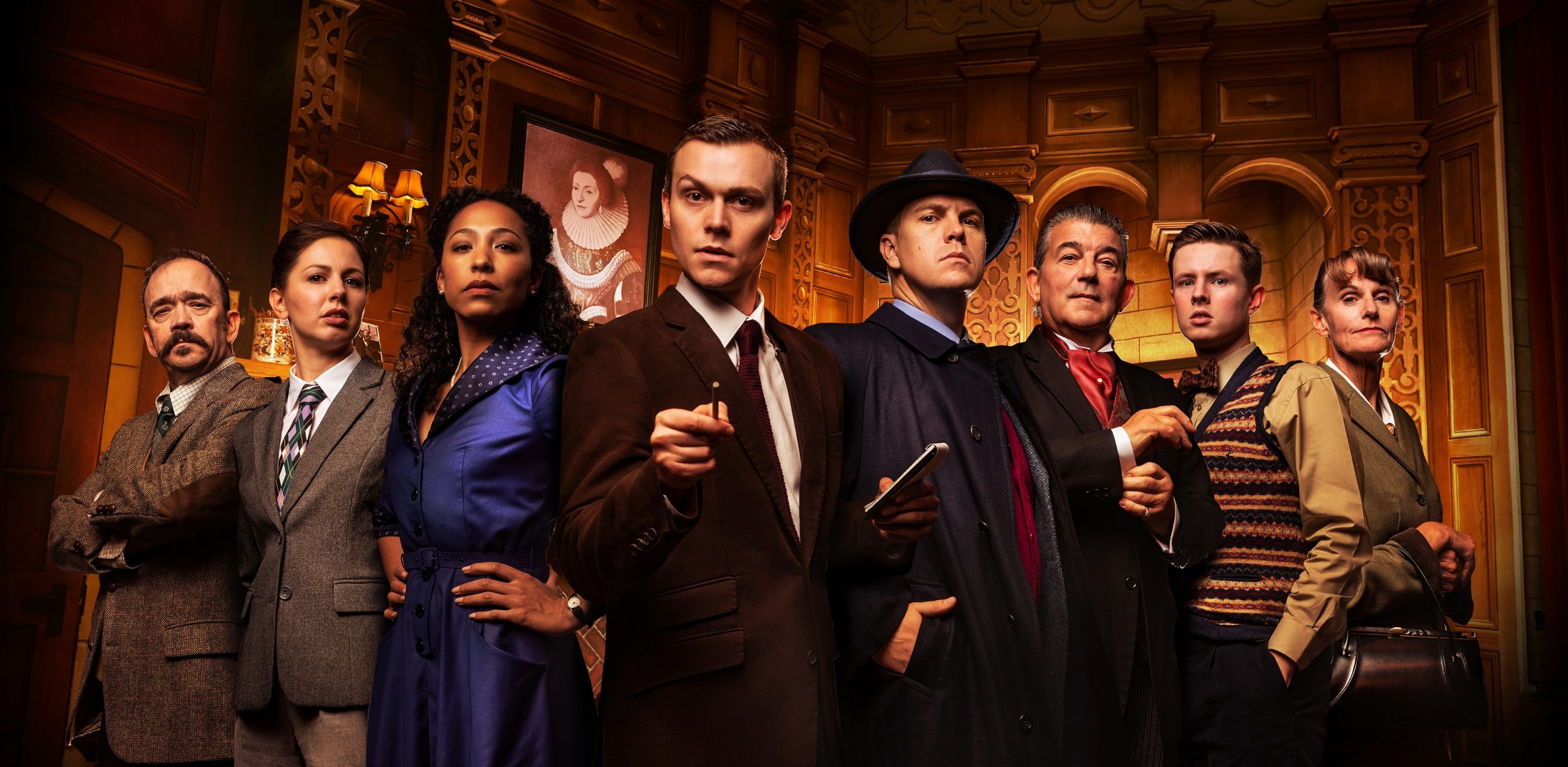
Culture Writer Charis Gambon reviews the 70th Anniversary of The Mousetrap, and finds the production strategically reveals little detail of the characters, to keep the audience guessing in this fun whodunnit rendition
The Mousetrap was created by Agatha Christie and was first performed in October 1952. Consequently, the whodunnit theatre show celebrated its 70th Anniversary this year.
At the start of The Mousetrap, the audience are led to believe that the owners and guests of Monkswell Manor Guesthouse bare no relation to each other. By the end of the show this statement is proven to be false for several of the characters in an intriguing way.
In classic Agatha Christie nature, the show concludes in a way that is different to how you would have expected. Red herring’s are used throughout the show to symbolize if you think you know something you most likely do not. Characters in true Christie fashion are not provided with much depth to ensure that when information is suddenly unearthed, you do not see it coming. This shallow depiction of characters pays off because it leaves the audience with enough questions to keep them guessing.
This shallow depiction of characters pays off because it leaves the audience with enough questions to keep them guessing
Each character within the piece is distinct and memorable. First, we have Christopher Wren (Elliot Clay), a rather childlike, naive and fragile young man. Then there is Mrs Boyle (Gwyneth Strong), a middle-aged picky and patronising woman, Major Metcalf (Todd Carty), who is full of military pride and nature, and Miss Casewell (Essie Barrow), a straight to the point young lady who wears masculine fashion. The characters above are barely provided a chance to meet before the final announced guest arrives, referred to as Mr Paravicini (John Altman).
The Mousetrap utilizes several typical and interesting whodunnit tropes; we find a manor house populated by strangers, bad weather, secrets and murder. Another common trope which the show draws back to several times is the vague description provided of the murderer. The audience and characters are provided with the following description at the start of the performance, ‘’a man wearing a dark overcoat, light scarf and felt hat.’’ The description is intentionally vague to imply the murderer could be anyone; what you think you may know about someone might in fact not be true, and thus information should never be taken at face value. One example where this demonstrated is when Molly and Giles (Joelle Dyson and Laurence Pears) do not check the credentials of ‘Sergeant Trotter’ (Joseph Reed). It is also pointed out that they know nothing about the guests they had allowed into their home.
The Mousetrap utilizes several typical and interesting whodunnit tropes
Unfortunately, The Mousetrap was not my favourite of the few whodunnit shows that I have had the pleasure of watching. I thought the first act came across as slow at times, and important information seemed to be discovered all at once leaving scenes with no information at all. Although the lack of information left the audience wanting more in some instances, it missed the mark in other.
As someone with a passion for history, my favourite part of the show was by far the set. The realistic manor house blares 1950’s austerity, boasting comfortable chairs, arches and a large fireplace. The ornate design is truly magnificent and could equally be found in any stately home in England.
Overall, The Mousetrap shows that if you do not have all the necessary information, you will be unable to make the correct choice. It also demonstrates that withholding important information in dire circumstances can cause the situation to worsen dramatically.
Watching The Mousetrap is a fun and interesting way to spend a few hours immersed in another era with distinct and interesting characters. Even if this rendition of a whodunnit show is not my favourite it is still certainly worth watching.
Rating: 3/5
Enjoyed this? Read more Redbrick Culture here!
Comments